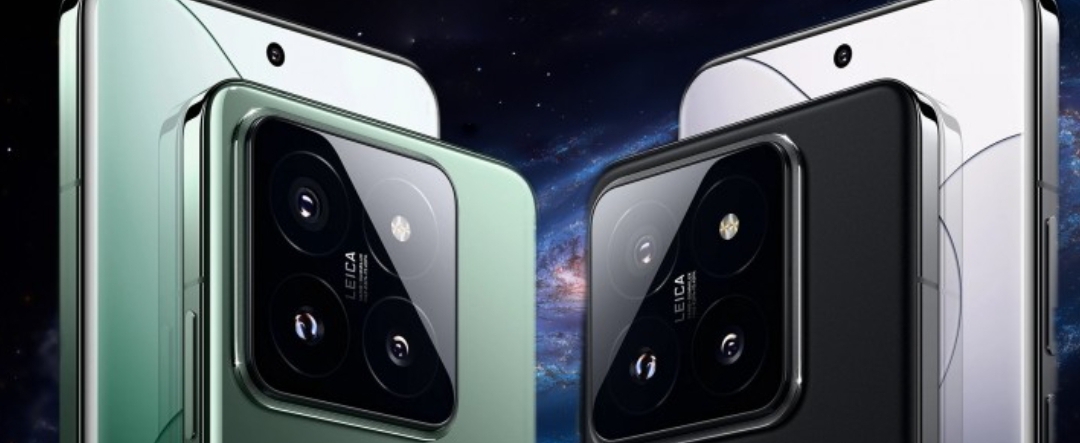Just a couple of days after Qualcomm lifted the veil off the new Snapdragon 8 Gen 3, Xiaomi announced the Xiaomi 14-series – the first phones to use the new flagship chipset. They will launch with HyperOS, the company’s next-generation software that will replace MIUI going forward. That means several major “firsts” happened on Wednesday this week when the two phones launched in the Chinese market (the first flash sale sold out pretty quickly).
They will go global too, of course, though it will be a couple of months until then. For now, we will have to work with the pricing for China – the Xiaomi 14 starts at CNY 4,000 for an 8/256GB model, the Xiaomi 14 Pro is CNY 5,000 for the base model with a 12/256GB configuration.

Check out how these two compare. The major differences are in the display and battery capacity, natural for phones of different sizes. The vanilla model has a 6.36” panel and a 4,610mAh battery, the Pro has a 6.73” display and a 4,800mAh battery. There are a few other details, but we’ll get to that – we just wanted to say “well done, Xiaomi” for not cutting out major features from the vanilla model like Samsung and Google do (just compare the S23/S23+ with the S23 Ultra and the Pixel 8 with the Pixel 8 Pro).
The differences we mentioned is that the main camera on the Pro model has a variable aperture (f/1.4-4.0), while the one on the vanilla Xiaomi 14 is fixed (f/1.6). Other than that it’s the same hardware with triple 50MP cameras.
The smaller phone charges slower – 90W vs. 120W, which results in a full charge in 31 minutes instead of 18 minutes. The ratings in watts make it sound closer than it really is, especially considering that the Pro has a bigger battery to fill. The small phone has less surface area for cooling, so the difference in charge speed is perhaps not too surprising.
The Pro model also has a special edition with a titanium frame, but most of the Pros will use aluminum frames just like the vanilla phone. The final difference is the front and back materials – the Pro uses a proprietary Xiaomi Longjing Glass on the front and glass on the back, the vanilla model has a polycarbonate back panel (there’s no word on the front glass).
There are more Snapdragon 8 Gen 3 phones on the way. The Realme GT5 Pro, for example, but that won’t be as camera focused. The vivo X100 series will pack an array of capable cameras and will be unveiled in about a week’s time (some members will use the Dimensity 9300, others should feature the Snapdragon). Oppo, OnePlus and the others are certainly working on new devices too. This includes Samsung, which is allegedly targeting a January launch. The other phones mentioned probably won’t see global distribution until next year either.
